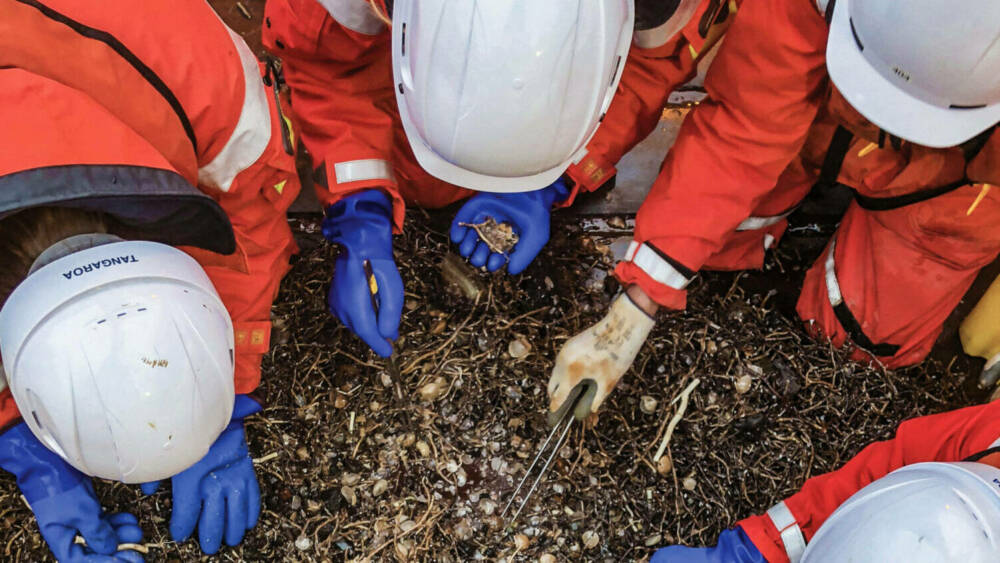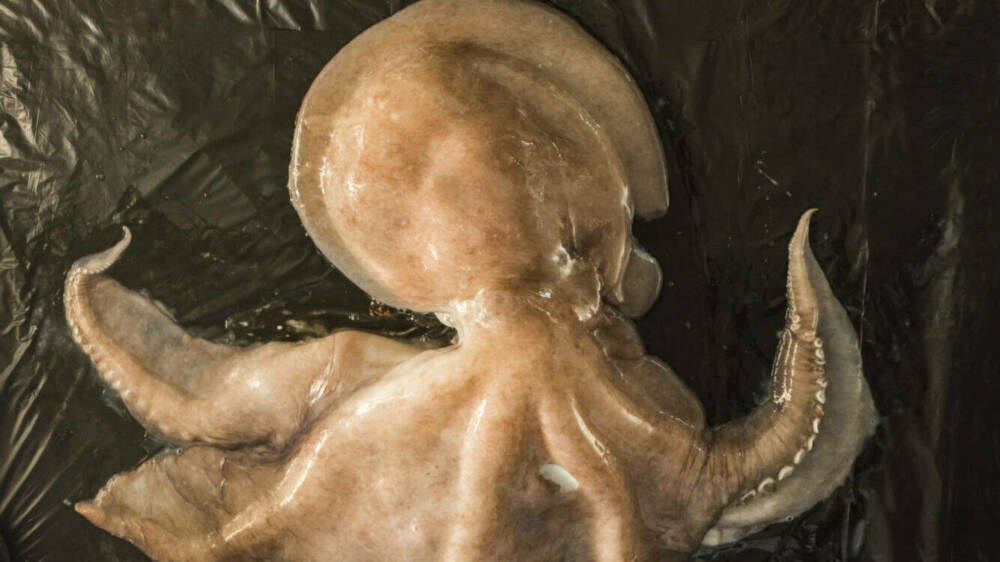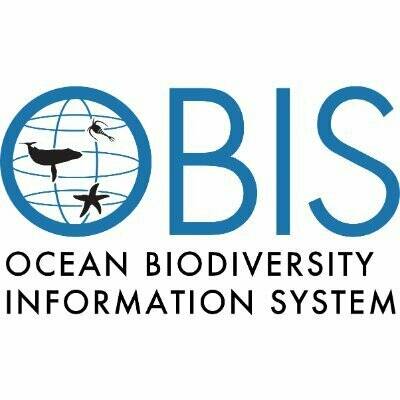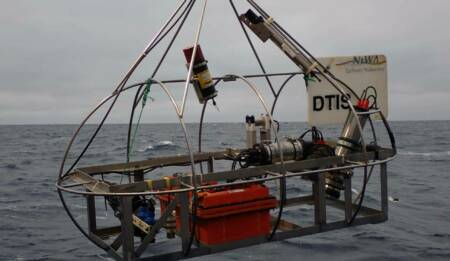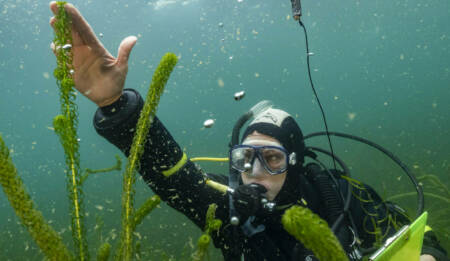Ocean Biodiversity Information System (OBIS)
OBIS is a global open-access data and information clearing-house on marine biodiversity for science, conservation and sustainable development. It is an alliance that collaborates with scientific communities to facilitate free access to, and application of, biodiversity and biogeographic data and information on marine life.

Background
More than 20 OBIS nodes around the world connect 500 institutions from 56 countries. One of these nodes, the South Western Pacific Regional OBIS node, is hosted by the National Institute of Water and Atmospheric Research (NIWA).
Collectively, they have provided over 45 million observations of nearly 120,000 marine species, from bacteria to whales, from the surface to 10,900 metres depth, and from the tropics to the poles. The datasets are integrated so users can search and map them all seamlessly by species name, higher taxonomic level, geographic area, depth, time and environmental parameters.
OBIS emanates from the Census of Marine Life (2000-2010) and was adopted as a project under IOC-UNESCO’s International Oceanographic Data and Information (IODE) programme in 2009.
Photo credits: Peter Marriott, Sarah Searson, Dave Allen
Project details
OBIS supports the assessment of the state of marine biological diversity to better inform policy makers, and respond to the needs of regional and global processes such as the UN World Ocean Assessment (WOA) and the Intergovernmental Science-Policy Platform on Biodiversity and Ecosystem Services (IPBES).
What they hope to achieve
OBIS aims to be the most comprehensive gateway to the world’s ocean biodiversity and biogeographic data and information required to address pressing coastal and world ocean concerns. It aims to provide the world’s largest scientific knowledge base on the diversity, distribution and abundance of all marine organisms in an integrated and standardised format.
Other OBIS objectives include:
- Facilitate the integration of biogeographic information with physical and chemical environmental data, to facilitate climate change studies.
- Contribute to a concerted global approach to marine biodiversity and ecosystem monitoring, through guidelines on standards and best practices, including globally agreed Essential Ocean Variables, observing plans, and indicators in collaboration with other IOC programmes.
- Support the assessment of the state of marine biological diversity to better inform policy makers, and respond to the needs of regional and global processes such as the UN World Ocean Assessment (WOA) and the Intergovernmental Science-Policy Platform on Biodiversity and Ecosystem Services (IPBES).
- Provide data, information and tools to support the identification of biologically important marine and coastal habitats for the development of marine spatial plans and other area-based management plans (e.g. for the identification of Ecologically or Biologically Significant marine Areas (EBSAs) under the Convention on Biological Diversity.
- Increase the institutional and professional capacity in marine biodiversity and ecosystem data collection, management, analysis and reporting tools, as part of IOC’s Ocean Teacher Global Academy (OTGA).
- Provide a global platform for international collaboration between national and regional marine biodiversity and ecosystem monitoring programmes, enhancing Member States and global contributions to inter alia, the Global Ocean Observing System (GOOS) and the Global Earth Observing System of Systems (GEOSS).

Resource


